By reading this article, you will know what the definition of cow floater leather and pebbled leather is. Now is the time to educate yourself on the distinctions between the most common types of cow leather.
cow floater leather
Floater leather, which is one of the leathers that is employed in the manufacturing of leather goods to a far greater extent than other types of leather, is characterized by extremely minute ridges and linear patterns. This processing method results in the leather having a high level of softness and smoothness, and it can be produced in cow and goat leather. The reason for this leather’s high level of flexibility in comparison to other types of leather is that the tanning process takes a long time and exposes it to chemical solutions. High resistance to wear and scratching is achieved by the lines and ridges that are present on the leather. The finer the grain of the leather, the higher the density of the leather, and the higher its resistance. This model is made from natural leather, and it is highly regarded by both men and women due to the fact that its design is uncomplicated and can be easily integrated into their everyday attire. History of pebbled leather, also known as floater leather The process of embossing designs into leather is by no means a novel one. An historical tale from Scotland that dates back to the 18th century claims that a native tanner was the one who came up with the idea for this type of leather. According to the legend, the tanner creates a vast pile of leather and places it on the stone floor of his workplace, which is uneven. When he returns to the skin after being absent for a few weeks, he observes that the bottom skin now has a pattern like pebbles. 
cow floater leather history
This occurred as a result of the downward pressure that was exerted by the weight of the other skins. Taking into consideration that “scotch grain” might also refer to “pebble leather” or “floater leather,” It’s possible that another narrative contains some grain of truth. The procedure for producing pebbled leather was first documented in the 19th century. Woodman applied for a patent in 1864 for a machine he had built to improve leather decorating. Prior to that time, the technique had been carried out manually, which was a very lengthy and arduous operation. Tanners were able to create pebbled leather in revolutionary new ways using Woodman’s mechanical technology, which needed minimal physical effort on their part. In the early 20th century, this method became widely used almost immediately. This leather style eventually became a well-liked option for men’s shoes like loafers and derbies. At long last, it was the fashion industry and labels such as Chanel and Gucci with their pebbled leather bags that brought it widespread recognition. The advantages that can be gained from using pebbled leather or floater Pebbled leather and floater both have a strange appearance, which is, of course, part of their allure. The pebbled texture can be found on anything from backpacks by Tom Ford to tote bags by Yves Saint Laurent. However, there are many who favor the suppleness of classic leather. The fact that this leather type is less likely to scratch is still another benefit of purchasing it. Minor scratches are successfully concealed thanks to the combination of the semi-embossed surface and the uneven line pattern. If you are a provider of leather goods, yet your products frequently have tiny flaws, pebbled leather may be the solution for you. Because it covers up any flaws, using a specialized linear design on these leather items is an effective way to give them new life. They can now be utilized in the manufacturing of high-quality leather items. 
pebbled leather or floater as the materials
Utilization of pebbled leather or floater as the material Pebble leather can be found in a wide variety of products that are used on a daily basis. Begin with the footwear. During the early part of the Victorian era, the elite members of British society typically wore hunting boots that were embellished with a special leather lining. You can get moccasins, brogues, and even Dr. Martens boots that have an appearance that is comparable to this leather in today’s market. On the other hand, not only do we enjoy sitting on these leather versions, but we also enjoy wearing them. This leather is also used for the upholstery of automobile seats and the furnishings in living rooms. However, one of its most notable applications, particularly in the United States, is in the manufacturing of American football. The leather is made of cowhide and embossed with a pebble grain pattern, which makes it easier for players to get a grip on the ball. The process of making gravel leather, also known as floater leather The production of pebbled leather or floater leather using today’s current techniques is a pretty straightforward process. This technique is an updated variation of the Woodman press that was popular around the middle of the 19th century. After the raw animal skin has been tanned (a process that transforms the skin into leather via a chemical reaction) and coloured, the embossing process can begin. After that, the leather sheets are run through a massive industrial metal press. On the upper surface of the press, an engraving can be done in the form of a pebble pattern or a unique linear texture. The press is applied to the leather with such intensity that it quickly creates a design. In this step, the leather undergoes a variety of finishing operations, which determine its final form and the physical properties it will exhibit. Pebble leather or floater leather’s capacity for long-term use Because the quality of the leather is the primary factor that determines the durability of floater or pebble leather, the influence of linear texture does not have a particularly significant impact on the longevity of these types of leather. However, because it has a distinctive texture, it will have a longer life, as a result of which it will be less susceptible to scratches and other forms of damage. The collection of high-end leather bags is crafted using whole leather and is tanned using vegetable products. The leather is cut from the most durable portion of the cowhide, and the process of vegetable tanning only serves to bolster the durability of the finished product. 
floater leather products
Taking care of products made of floater or gravel leather It is required to pay attention to a number of relatively insignificant details in order to properly care for floater or gravel leather products. It is possible to clean both synthetic and natural leather by using a microfiber cloth that has been slightly dampened with warm water. Before applying the treatment to the entire surface, test it on a tiny part of the leather first. It should be possible to eliminate any dirt by rubbing in a pattern of little semicircles. Another technique for eliminating tough stains is to use a brush with soft-bristled bristles. Leather cleaners are effective in removing even the most stubborn of stains. Never use softeners on synthetic leather since this type of leather does not have open pores on its surface that may absorb the essential softener. Synthetic leather should never be conditioned. When working with genuine leather, it is recommended that a mild polish on wax be used. Wax can quickly accumulate in the grooves, which will cause your goods to get sticky. What differentiates floater leather from saffiano leather is the grain pattern. Some people have the misconception that any type of textured leather is pebble or fluff. However, it is a special kind of leather that has a texture all its own, and each variety of leather has its own narrative to tell. The floater leather and the saffiano leather differ in appearance because to these particular features. Saffiano is a sort of compressed and textured leather that is used to produce the appropriate grain by the application of a specific stamping procedure. Saffiano is often known simply as saffiano. Any variety of leather, including vegetable tanned, PVC, or PU can be used as a covering. Waxing is used instead of dying the leather used for Saffiano. Because the cross-coating conceals the leather underneath, the resin can be pigmented with any color desired. The wax coating makes Saffiano more durable and gives it a unique glossy luster that sets it apart from other leathers. In addition, waxed leather is less difficult to clean and maintain than other types of leather, and it is more pleasant to use on a day-to-day basis. Our company is prepared to provide different kinds of leather to customers and business owners around the globe. We have built trust with our customers by providing with the best quality leather we have to offer. Therefore, our cooperation has lasted for a long time. We use the best tanning process to produce high quality leather with long durability and great strength. There are different patterns and colors of leather available. If you would like to gain more information about our leather fabrics, do not hesitate to contact our consultants who are available 24/7 to answer all your questions. 
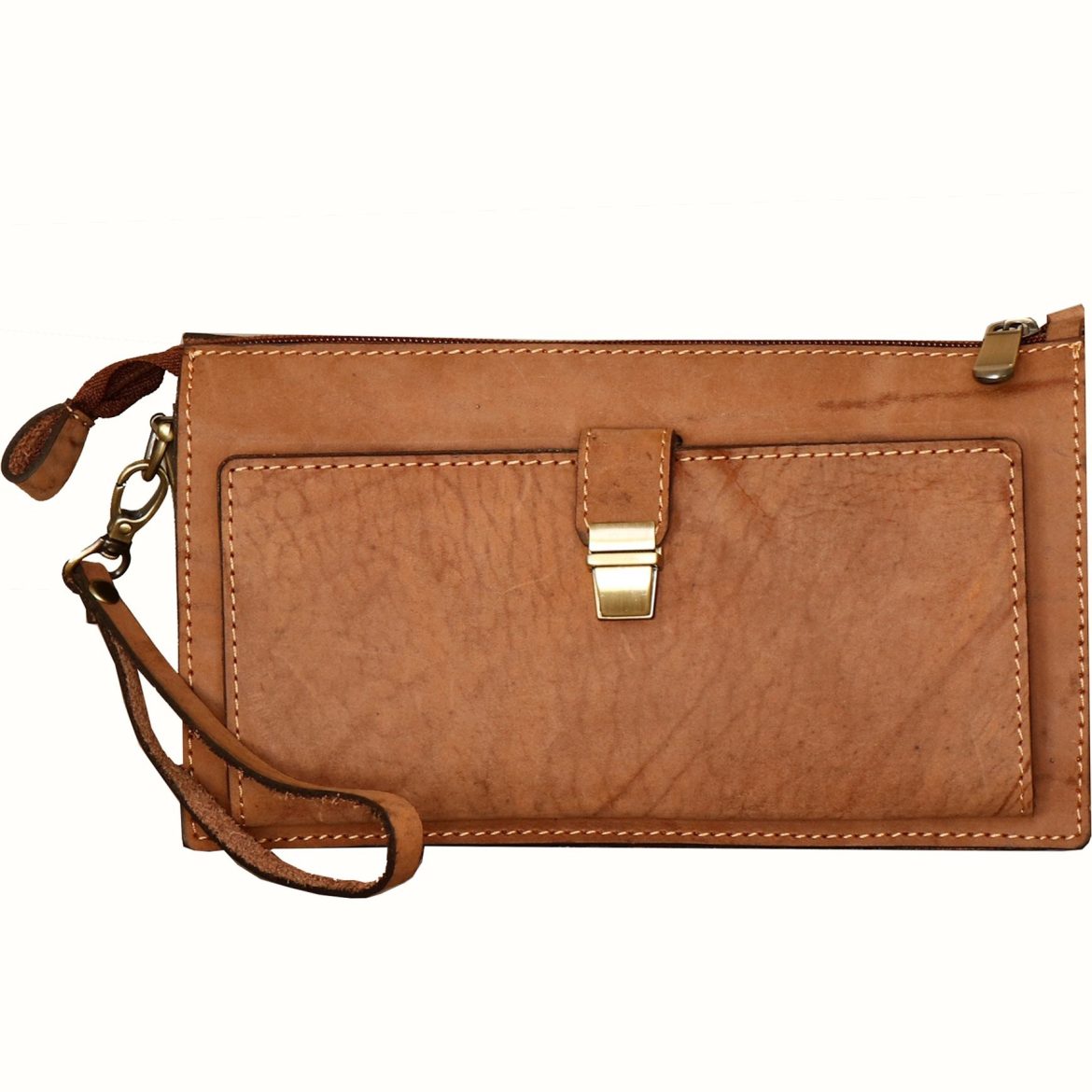
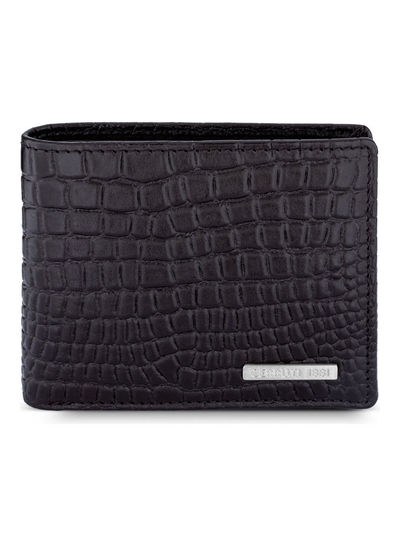
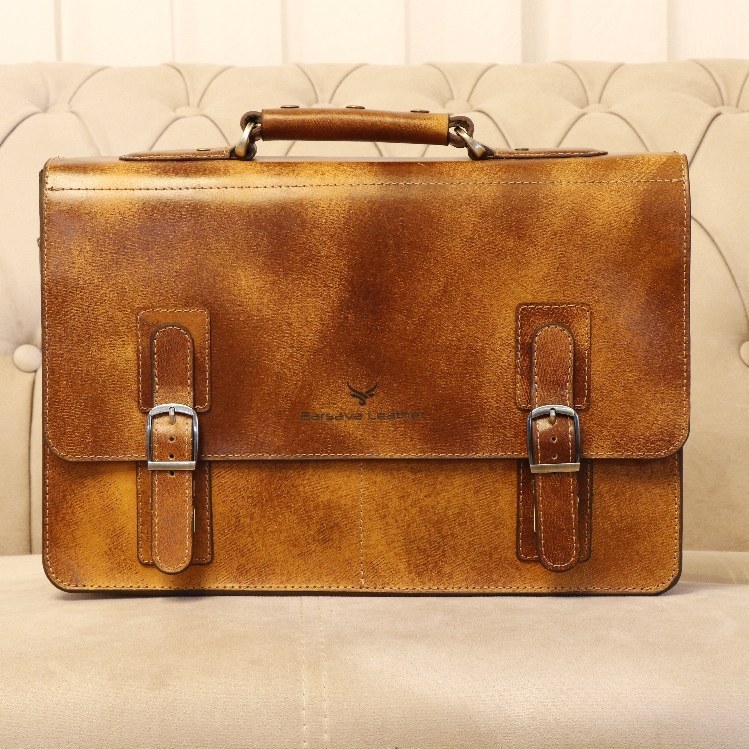
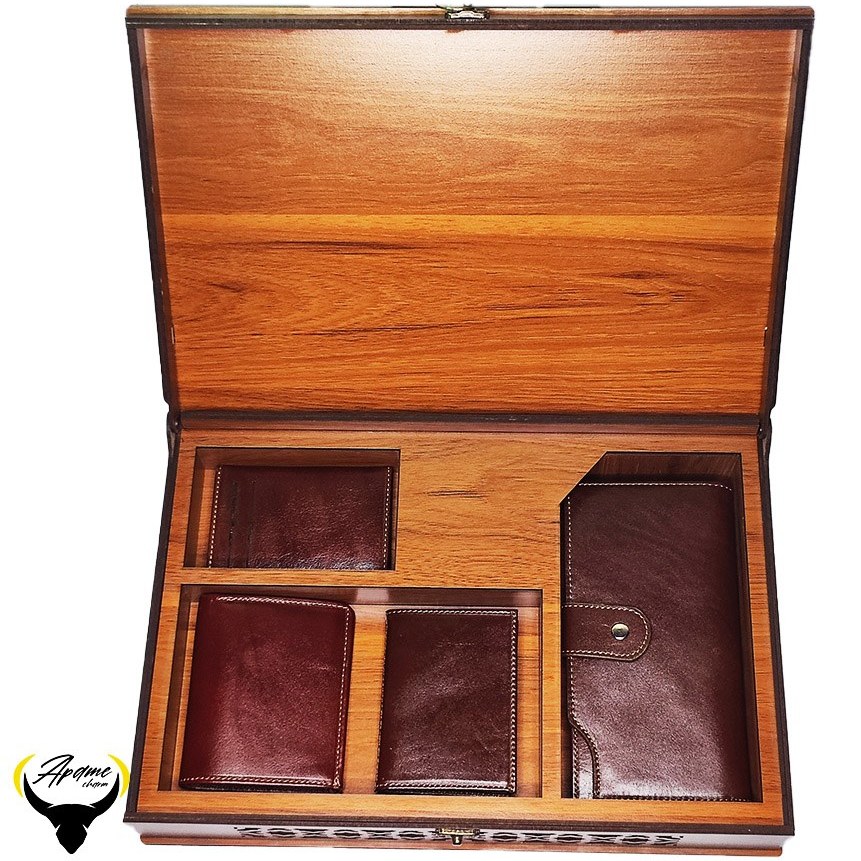
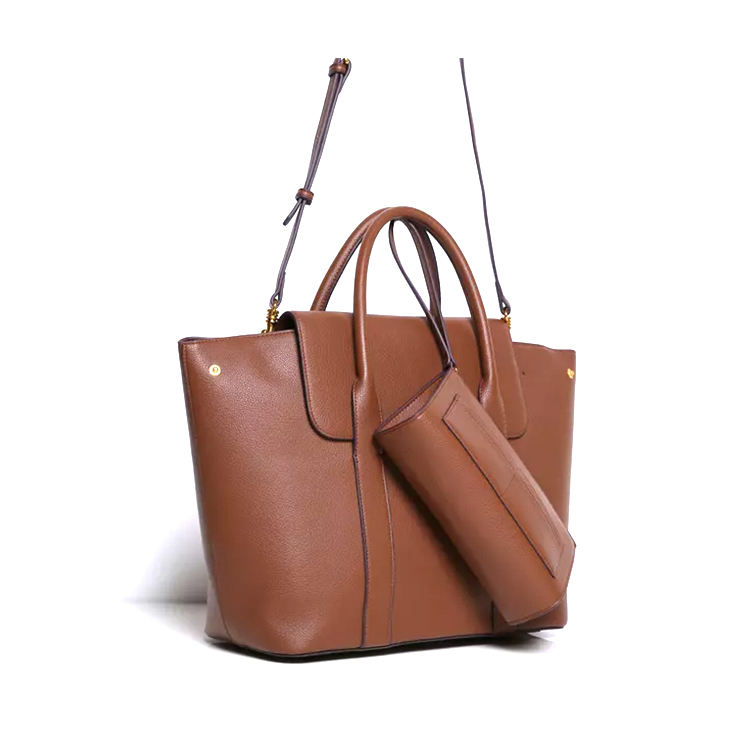
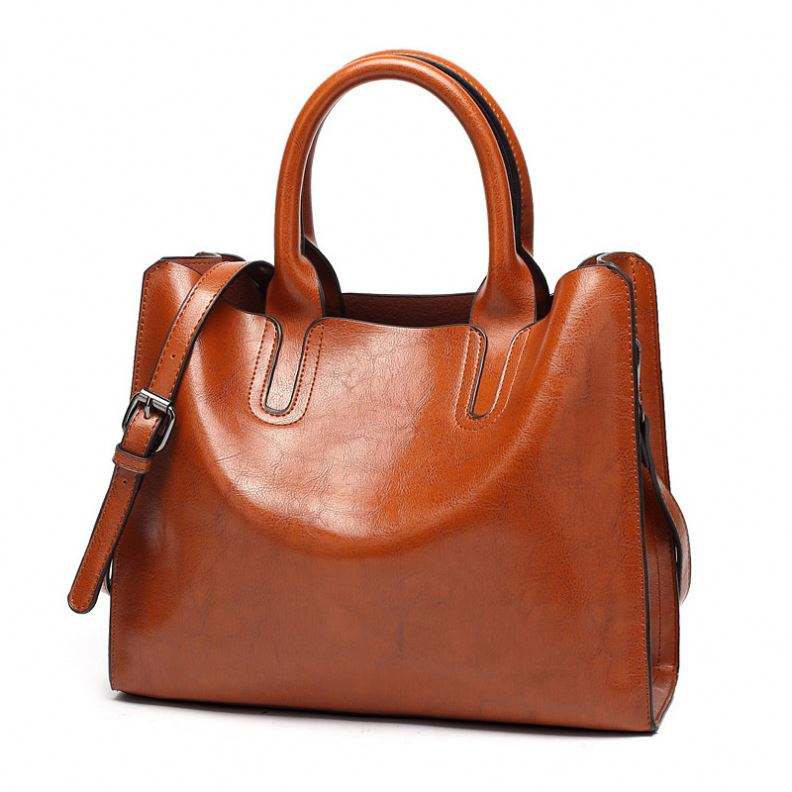
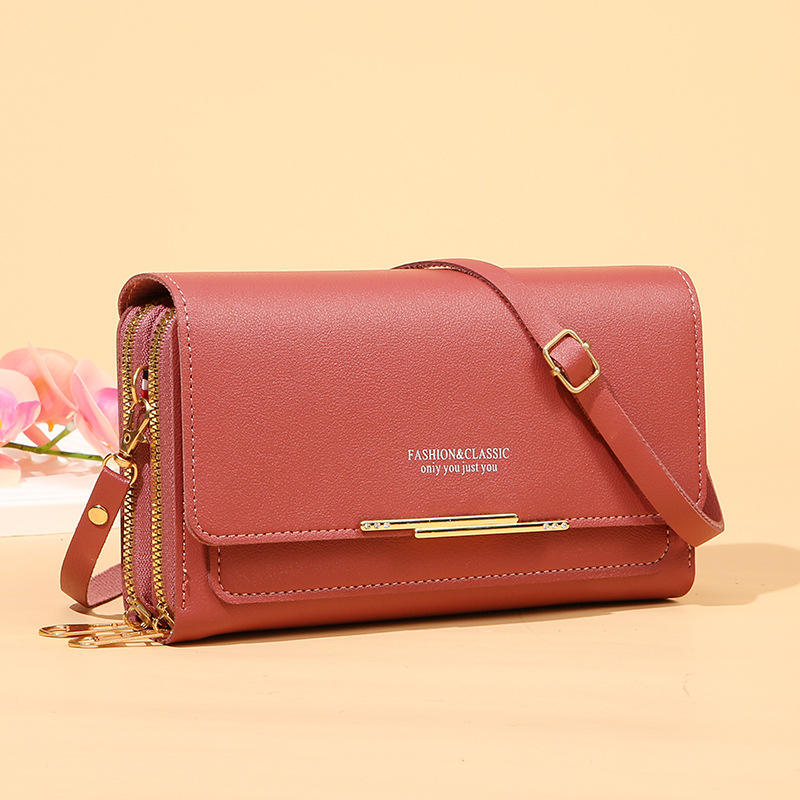
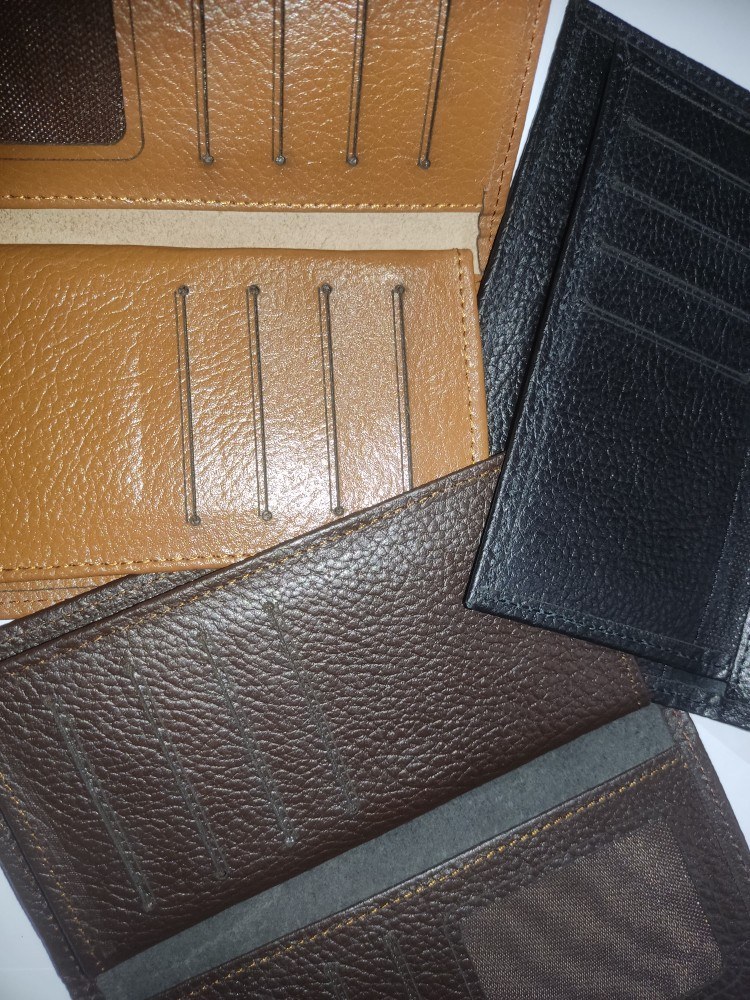
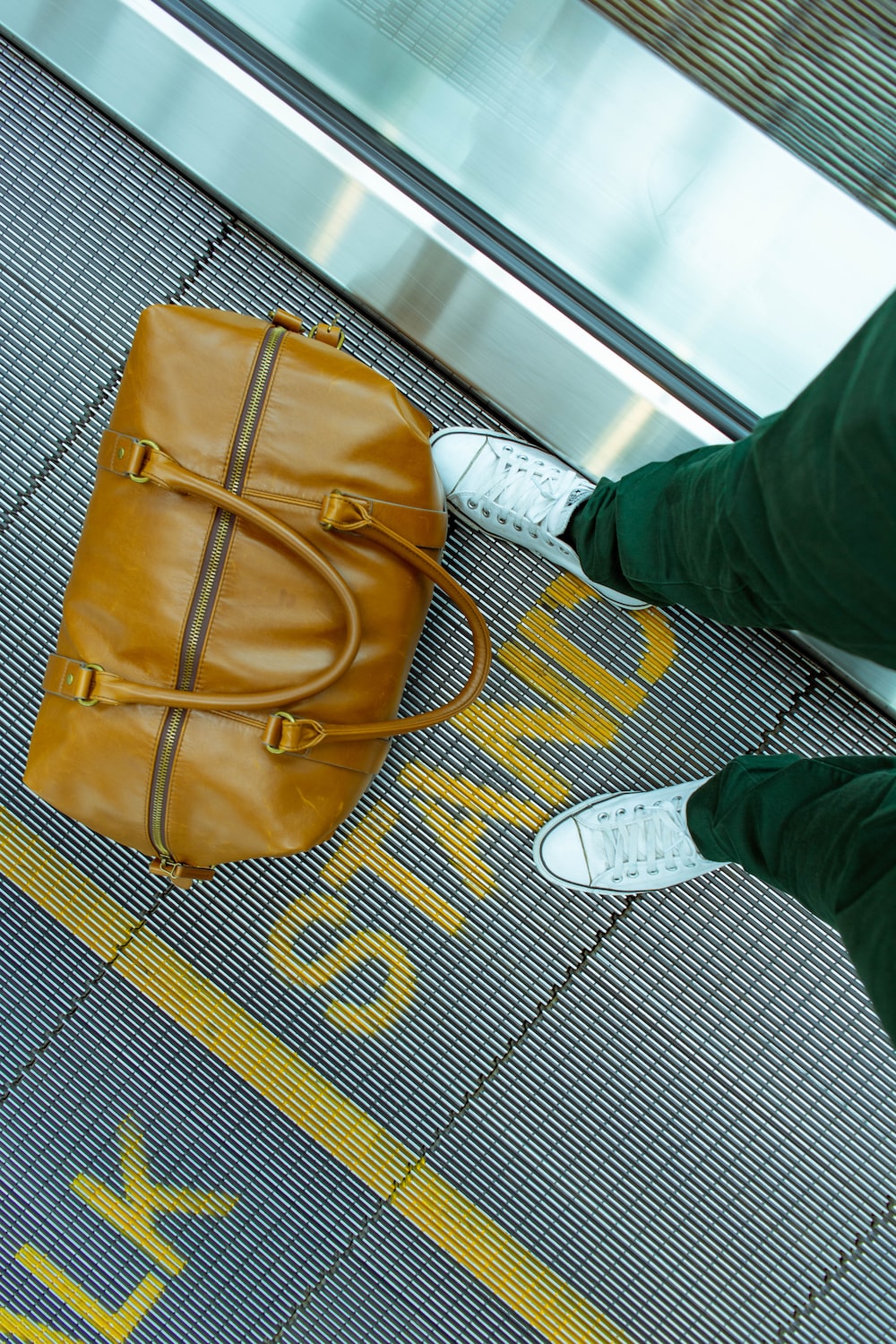
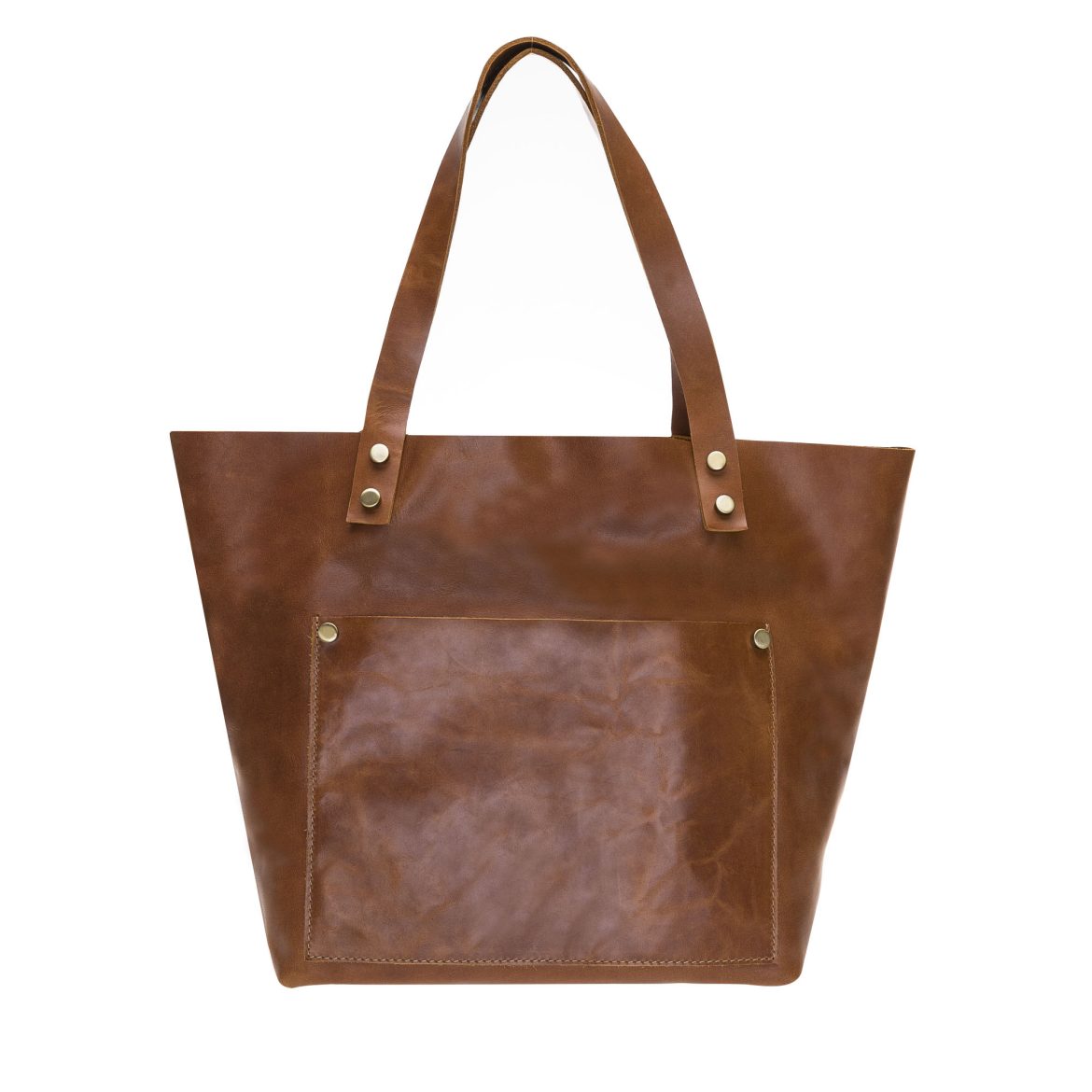
Your comment submitted.